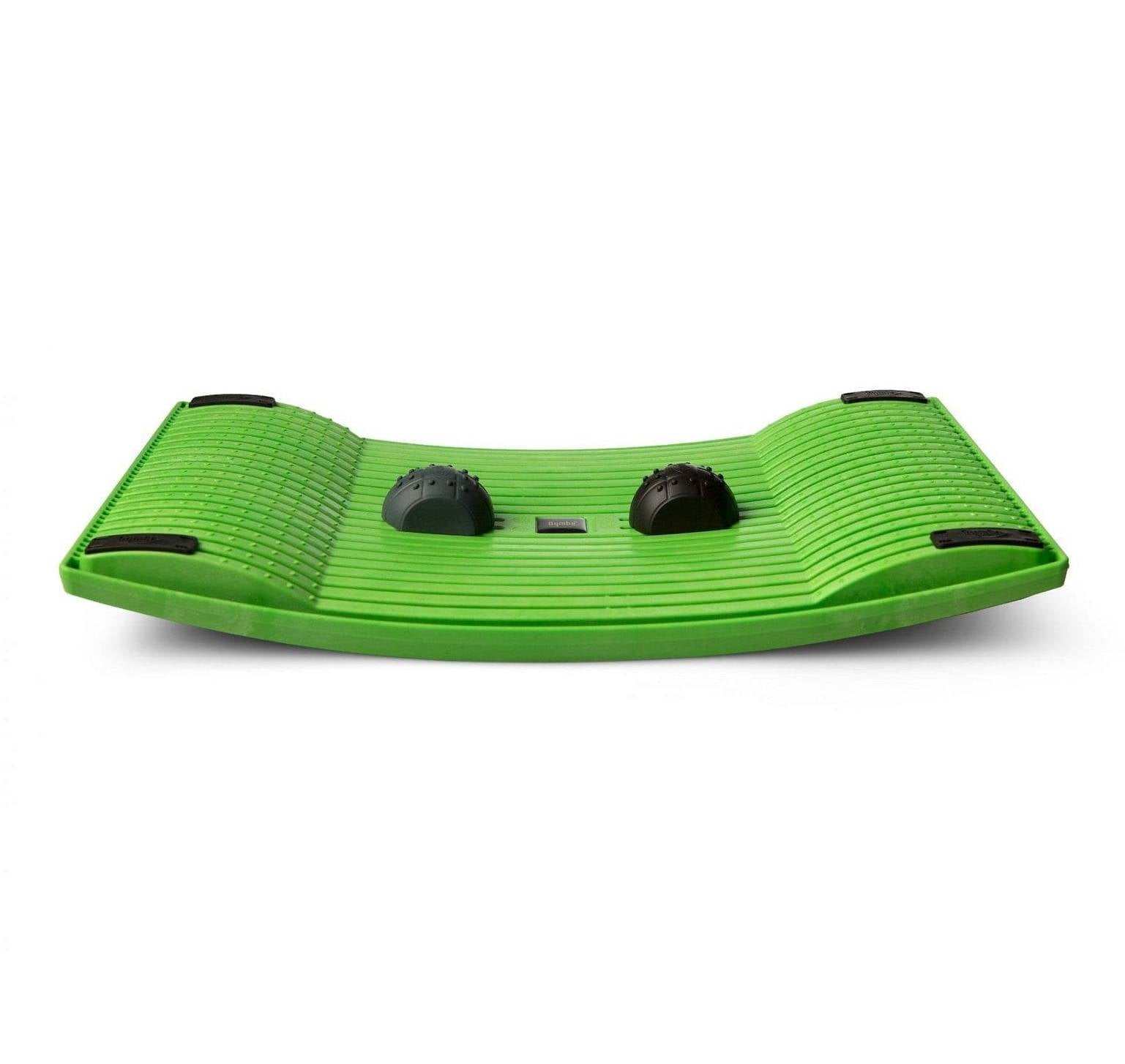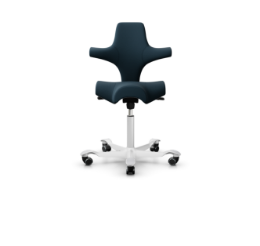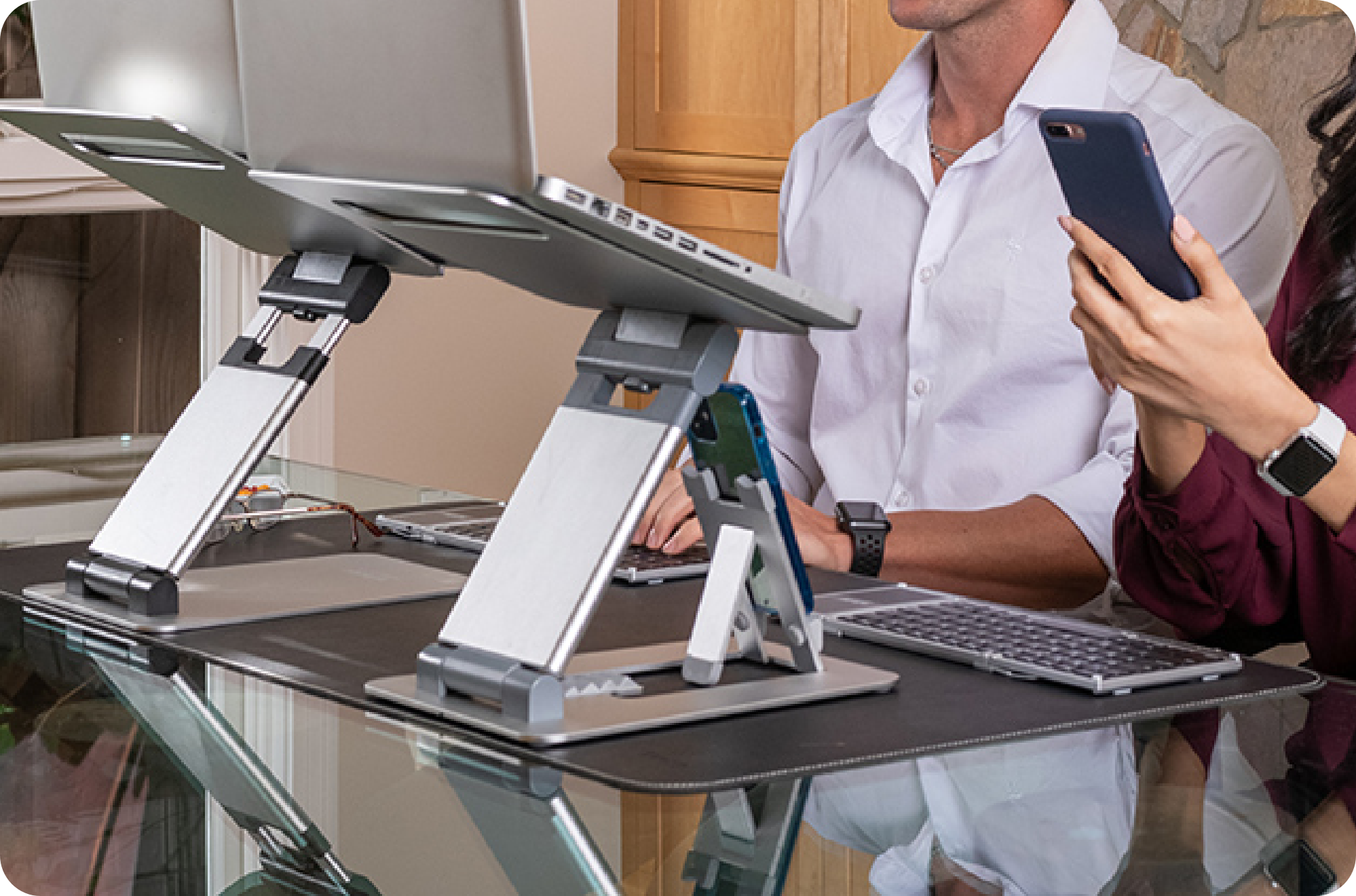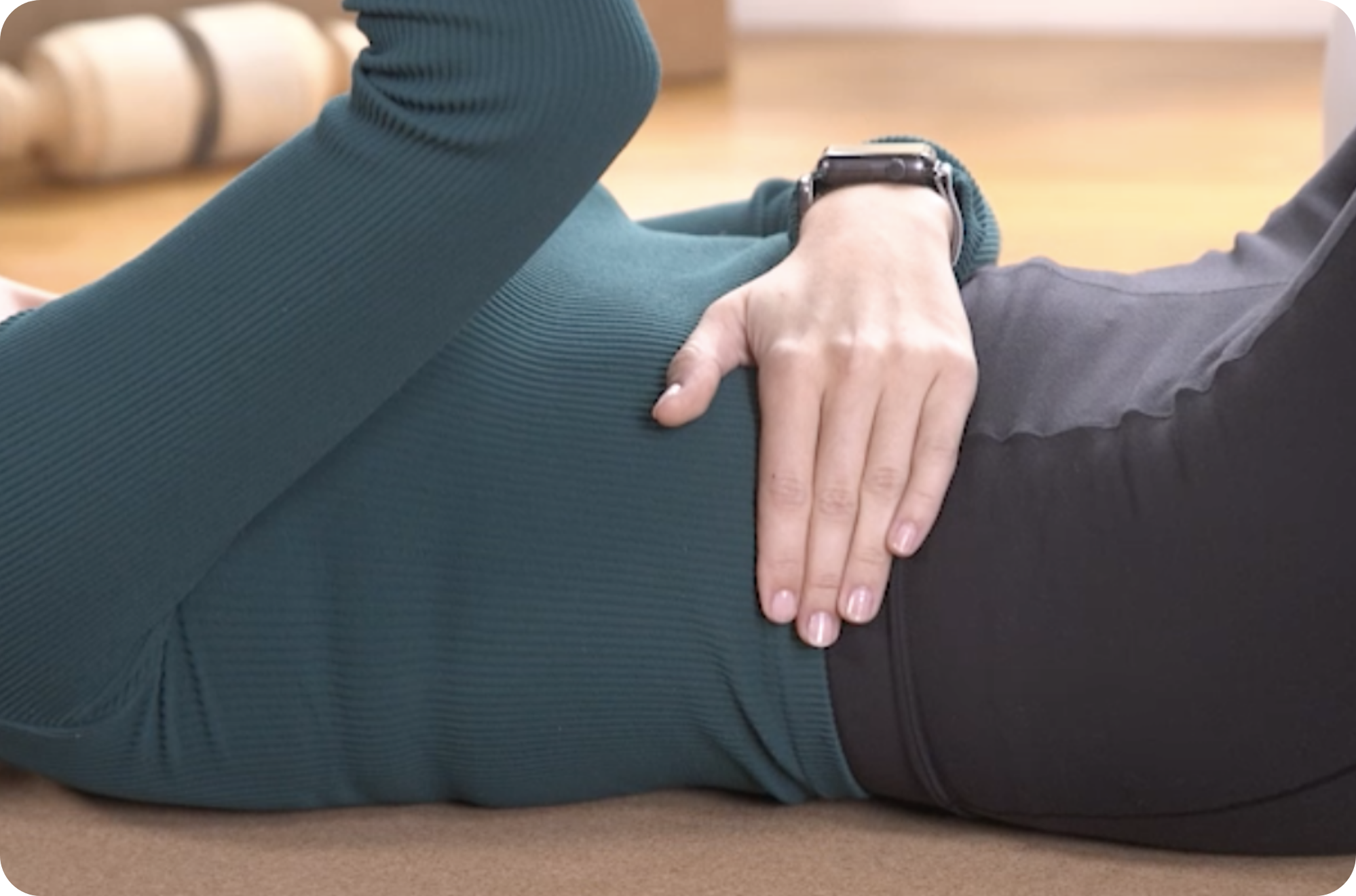What exactly is the sitting disease?
Life is like a bicycle, to keep your balance you must keep moving. A sedentary lifestyle is one involving little or no physical activity, with little energy expenditure. The less sitting or lying down you do during the day, the better your chances for living a healthy life. As the world entered a global pandemic two years ago, the population was told to stay home while the majority of work, travel and activities were shut down, forcing everyone inside. These restrictions reduced the ability to go anywhere and limited mobility. Although meant to keep everyone safe, these measures increased sedentary behavior and exasperated the problem by paving the way for chronic diseases. Now, nearly 25% of American adults spend more than 8 hours of their waking day sitting, and about 40% are physically inactive.1
Most people’s waking hours involve extended sitting and reclining, which involve harmful behaviors such as being hunched over a computer, television viewing, playing video games or reading. An analysis of 13 studies of sitting time and activity levels found that those who sit for more than eight hours a day with no physical activity have a risk of dying similar to the risks posed by obesity and smoking.5 Humans are built to move more and sit less, yet frequently engage in the opposite behaviors. The CDC suggests a sedentary life will negatively affect your health.
Move it or lose it!
“Sitting is the New Smoking” is a popular phrase coined by Dr. James Levine, director of Mayo Clinic at Arizona State University. The decline in smoking rates still leaves poor diet and physical inactivity as the leading risk factors for premature death and chronic disease. Sitting for prolonged periods, more than 6 hours per day, is associated with health issues such as obesity, type 2 diabetes, cardiovascular conditions, and cancer, regardless of activity level. A sedentary lifestyle is a risk for 8 out of the 10 most common causes of death in the United States.2 In addition, prolonged sedentary behaviors mean more calorie consumption, weight gain, and increased screen time. High sedentary behavior and physical inactivity can result in earlier death. Sitting more than 6 hours per day is responsible for 19% of deaths from all causes. When sitting time is replaced with 30 minutes of light to moderate physical activity a day, mortality reduces by 50% among physically inactive people.3 Sitting less can add a few years back to your life. Active people who sit less have a lower risk of dying prematurely and developing diseases.
It's likely you're not sitting pretty
Since the work from home revolution erupted, people are deconditioning their bodies with poor non-ergonomically friendly workspaces. Since sitting increases your risk of injury, prolonged inactivity at the computer can weaken the muscles, stiffen the joints and cause pain. Proper office workstation fit is necessary for setup to offset potential back, neck, and shoulder pain from sitting. When sitting at your desk, bend the elbows at a 90-110 degree angle, sit fully against the backrest, and place your feet flat on the floor. Of equal importance, long periods of sitting can lower bone mineral density causing bones to become weaker. Several bodily changes accompany extended sitting time. Blood clots can form and break loose. Long periods of sitting can cause changes in blood pressure, blood sugar levels, abdominal body fat, and cholesterol which can slow the metabolism. These health risks persist when sitting for a long period of time, no matter if you follow the CDC’s recommended activity guidelines.
Movement is life
Be mindful of the number of hours you sit and try to get up and move around every hour or so to reduce the possibility of health problems. The CDC suggests a target of 10,000 steps per day. If you’re not walking 10,000 steps per day, try to increase your step count by an additional couple thousand like 2,000 a day. Participate in activities that raise your heart rate such as brisk walking, dancing or riding a bike. The CDC recommends at least 75 to 150 minutes of vigorous to moderate aerobic exercise per week, plus muscle-strengthening activities at least twice per week.4 If one is not meeting the recommended physical activity guidelines, strive to move as much as possible.
The evidence is unclear how much physical activity is enough to counter a sedentary life. Even if someone meets the recommendations for physical activity but still spends most of their day sitting, they are at risk for health problems. Physical activity will not undo the harmful health consequences of sitting. When people sit for long blocks and are not physically active for at least 30 minutes daily, the health risk is higher. Nevertheless, research supports some movement is better than none at lowering your risk of ill health. Move from sedentary behaviors to a more active lifestyle to combat the effects of the sitting disease.
Keep it moving!
Look for opportunities to interrupt sedentary time by moving more often. There are many ‘sit less’ interventions. If you’re doing sedentary work, alternate between sitting for one hour and standing for one hour until the workday is over. For every hour of sitting, get up and move around for at least five minutes. If you prefer to break up your workday, stand in the morning and sit in the afternoon. Ideally, make half your work hours active or standing. While you’re at work, you can park further from the building, take the stairs, walk up and down the hallways or floors, walk to the furthest bathroom, or refill your water bottle.
When you spend your work hours mostly behind a screen, invest in a height-adjustable sit-stand desk or treadmill desk. If you prefer to sit, take a seat on a stability or exercise ball. The ball strengthens your core muscles. Walk around when talking on the phone when acceptable. Loosen your tight hip flexor and hamstring muscles with stretches at your desk, such as a wide-legged forward bend (spread the legs wide and fold forward), seated pigeon (one ankle goes across the opposite thigh), or forward fold hamstring (sit on the edge of the chair to fold your torso over legs as you keep your back and legs straight). Break up binge-watching with movement during the commercials. Do household chores as you stand and watch TV at the same time such as folding laundry or light cleaning. If you need the motivation to get up, wear a wrist-worn well-tech device that vibrates to remind you to move hourly like minder by obVus Solutions. Aim to achieve a certain step number each hour. Or, set a silent alarm on your cell phone that nudges you to stand up and walk. Prolonged sitting behaviors are here to stay so create your balance between sedentary behaviors and a physically active lifestyle. We could all benefit from letting go of the mouse, logging off, putting down the remote…and going for a walk.
Sources
- (1) https://jamanetwork.com/journals/jama/fullarticle/2715582
- (2) https://academic.oup.com/aje/article/187/10/2151/5045572?guestAccessKey=eb9073ce-bb65-4989-9ab2-a8297f5f03c5&login=false
- (3) https://www.ajpmonline.org/article/S0749-3797(19)30026-1/fulltext
- (4) https://www.cdc.gov/physicalactivity/basics/adults/index.htm
- (5) https://www.mayoclinic.org/healthy-lifestyle/adult-health/expert-answers/sitting/faq-20058005















Leave a comment
All comments are moderated before being published.
This site is protected by hCaptcha and the hCaptcha Privacy Policy and Terms of Service apply.